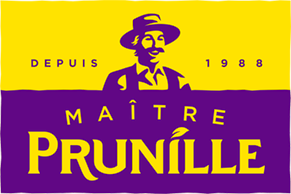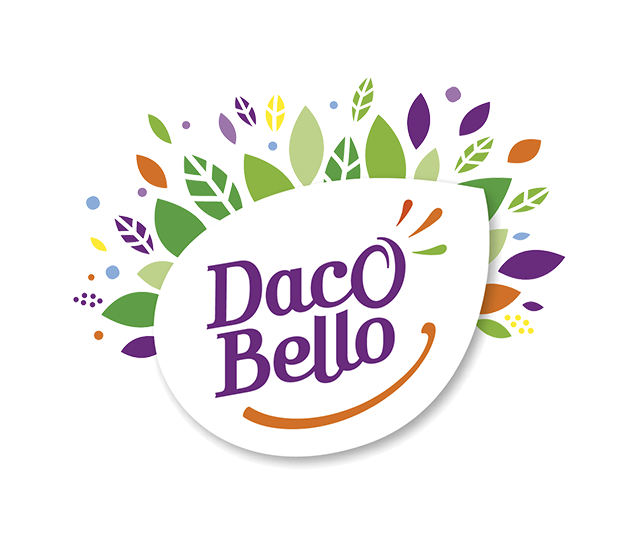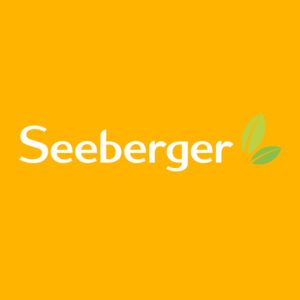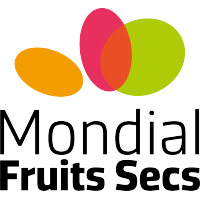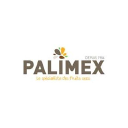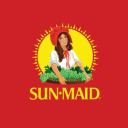Synthèse
The global dried fruit market is characterized by varied production and consumption patterns, the key products being peanuts, almonds, raisins, pistachios, walnuts, dates, cashews and hazelnuts. Over the period 2022-2023, while peanuts topped the production ladder with over 50 million tonnes and saw no growth, almonds saw a significant production decline of 11.8%. Although the overall market produced 56 million tonnes, some segments such as raisins fell by 6%.
The French domestic market declined by 3.1%, reaching 6% in 2022, under the influence of a reduction in teleworking, a rebound in out-of-home consumption and inflation. The main French brands experienced mixed fortunes, with private labels suffering a 4.9% decline, while Color Foods grew by 7.6%. France, renowned for its prunes and walnuts, has private and cooperative initiatives underway to strengthen its position in almonds and pistachios due to consumer preference for health benefits, unprocessed natural foods and local products. French prunes have faced stiff competition from cheaper international sources, leading to a demand for PGI designation to add value.
In contrast to the increase in production and quality of nuts such as walnuts, market prices have fallen due to an oversupply in relation to demand. Initiatives such as Compagnie des Amandes are striving to revitalize almond production in France, aiming to plant thousands of hectares and build processing facilities to meet the growing demand for healthy, traceable snacks, while addressing sustainability concerns such as eco-friendly packaging.
The dried fruit market in France has seen significant changes in consumer preferences and habits.
French consumers have become more health- and environment-conscious, which has led to changes in supply and demand dynamics within the dried fruit industry. Health benefits have been one of the main drivers of dried fruit consumption in France. Packed with vitamins, nutrients and essential fats, dried fruits, like nuts and seeds, are increasingly appreciated for their energizing and satiating effects.
What's more, studies have shown a potential link between regular consumption of dried fruit and a reduced risk of certain types of cancer. As a result, the French are incorporating dried fruit into their diet, not only as a source of energy for sporting activities, but also as a preventive measure in the event of health problems. Another aspect influencing the dried fruit market is the growing rejection of ultra-processed foods by French consumers.
Over the last decade, the trend has been to seek ingredient transparency and minimize consumption of processed foods. As natural, unprocessed foods, dried fruit responds to consumers' desire for healthier snack alternatives. This trend has led to a significant increase in sales of dried fruit.
From an environmental point of view, demand for sustainable packaging solutions is growing. with a significant percentage of French consumers keen to reduce the use of plastic, dried fruit companies are responding by investing in environmentally-friendly packaging options such as biodegradable, compostable and recyclable materials. Switching to eco-design not only improves brand image, but also enhances customer relations and employee motivation.
What's more, the French are increasingly keen to consume organic and locally-produced food. Although France imports a considerable quantity of dried fruit, the country specializes in the production of French prunes, around 30% of which are exported. France is also interested in local walnut production, as evidenced by the bumper harvest of 2022, which reached between 45,000 and 55,000 tonnes. However, this surge in production has created a supply that outstrips demand, leading to a fall in market prices.
To capitalize on the local and organic trend, efforts are underway to resurrect other nuts such as pistachios and almonds "Made in France". While pistachio cultivation is a long-term initiative with harvests in a few years' time, almond cultivation has been the subject of a more immediate commitment with an estimated 250 to 350 hectares planted in winter 2020 and plans for continued expansion and investment in processing facilities.
The dried fruit market in France is nuanced, with key players driving the dried fruit market landscape
The dried fruit market is a dynamic space, with several key players distinguishing themselves through their production, innovation and market penetration strategies. These companies lead the way in industry dynamics and shape consumer choices through the diversity of their offerings and their specialization in different market segments.
- Mondial Fruits Secs - As a leading name in the industry, Mondial Fruits Secs maintains a strong position in the dried fruit market. Renowned for offering a range of dried fruits that meet consumer tastes and preferences, this brand continues to be a top choice for those seeking both variety and quality in their dried fruit selections.
- Maître Prunille - Proud of its French roots, Maître Prunille is not only a competitor in the market, but also a specialist in dried plums, particularly the iconic Agen prunes. With a proud heritage and an IGP designation that attests to their quality and authenticity, Maître Prunille maintains a reputable position in the French dried fruit market. This brand is diversifying its reach with sub-brands such as L'instant Pruneau, which offers a range of premium prunes, and Rigopop, which ventures into the realm of popcorn made from French corn.
- Private labels - In terms of market dominance, private labels hold a substantial volume share, reflecting consumers' predilection for cost-effective options without compromising on quality. These brands offer consumers a cost-effective alternative, which is crucial, especially at a time when economic factors influence purchasing habits.
- Color Foods - An innovator at heart, Color Foods has demonstrated its ability to meet consumer demands for sustainable development. By introducing environmentally-friendly packaging and an assortment of sub-brands that meet different consumer needs, such as Les FADAS de fruits secs for organic snacks and SUN for raw and processed dried fruit, they are paving the way for environmentally-friendly, health-oriented food consumption.
- Daco Bello - As a major player, Daco Bello has established its presence in the dried fruit market by offering a range of natural, nutritious dried fruit options that resonate well with the health-conscious consumer segment.
- Sun-Maid - Best known for its raisins, California-based Sun-Maid Growers has long been a household name, not only in the U.S., but around the world. Its classic offerings and commitment to natural, sun-dried fruit without artificial additives have won it a loyal consumer base and set high standards in the industry.
à la compréhension de ce marché
Détail du contenu
 Informations
Informations
- Nombre de pages : 30 pages
- Format : Version digitale et PDF
- Dernière mise à jour : 09/11/2023
 Sommaire et extraits
Sommaire et extraits
1 Market overview
1.1 Definition and scope of study
Dried fruit can be divided into 2 categories:fruit that is naturally devoid of water and fruit that is artificially dried. The first category includes oilseeds (almonds, walnuts, hazelnuts, pine nuts, pistachios), fleshy fruits (goji berries, cranberries) and seeds (sunflower, linseed, chia, pumpkin, etc.). The second category includes fruits such as grapes, bananas, apricots and prunes.
Dried fruits can be eaten directly, in which case they are sold in bulk or in bags with the option of assortments, and they can also be used as a cooking ingredient, for pastries or to season salads, for example.
Dried fruit is packed with nutrients such as carbohydrates, lipids and vitamins. These different nutrients have various health benefits, from being a source of energy to having a satiating effect. Dried fruit is also a natural food that can be eaten unprocessed. These different aspects appeal to the French, as they correspond to new consumer trends.
Dried fruits are produced and consumed all over the world, and each country has its own specialties. For example, the USA produces 76% of the world's almonds and Turkey 62% of its hazelnuts, while China consumes the most peanuts in the world and India the most cashews.
As far as France is concerned, the leading brands on the French market are Mondial fruits secs, Maitre Prunille and private labels. One of France's strengths in the dried fruit market is its prune production, which will rank 4th in the world by 2021. French prunes hold the IGP (Protected Geographical Indication) designation for Agen prunes, and are the most widely consumed dried fruit in France. Unfortunately, poor weather conditions have made 2021 a more complicated year for French producers, who have had to harvest their prunes prematurely, which is likely to reduce annual production by 62.5% compared with 2020.
The Covid crisis was a major growth factor for the dried fruit sector. However, at present, the decline in teleworking, the resumption of consumption outside the home, and above all inflation have led to a fall in sector sales of around 3% in 2022, after a 4% increase in 2021.
1.2 The global market
As explained in the introduction, each fruit is produced, exported and imported in different countries, and they don't all occupy the same share of the market. But according to the INC (***), by ****, ** million tonnes of dried fruit will be produced worldwide. Here are the * most widely produced dried fruits in the ...
1.3 The domestic market
The dried fruit market, valued at *** million euros, was down *.*% year-on-year on a rolling basis to P* ****. This trend is due to the decline in teleworking, the upturn in out-of-home consumption and inflation . The dried fruit category declined across all distribution channels, with the exception of hard discount chains, which grew ...
2 Demand analysis
2.1 Dried fruit, a food that seduces with its benefits
Dried fruits are becoming increasingly popular for a variety of reasons:
They're good for your health, as they're packed with nutrients and vitamins.Scientific studies have shown that eating dried fruit can reduce the risk of certain cancers, such as the study carried out by Dried Fruit Intake and Cancer in ...
2.2 A variety of uses and products
Market share in value of dried fruit categories France, ****, percentage Source: ****
We can therefore see that dried fruit has multiple uses, and that they all appeal in equal measure, with the exception of dried fruit baskets, which account for only a tiny share.
trends in per capita consumption of the main ...
2.3 Bulk, a distribution channel gaining ground and driving growth in the dried fruit market
The bulk market in France represented sales of *.* billion euros in ****. In ****, the bulk market is estimated at *.* billion, representing ***% growth in * years[***]. But what explains such growth?
Here are just a few of the reasons for bulk's popularity: To protect the environment by reducing packaging To obtain quality products, as ...
2.4 The French are changing their eating habits: organic, local and dietary products are favoured
In ****, many French people say they want to pay attention to what they eat. Here's what they want to pay attention to:
More responsible eating: what the French are saying France, ****, percentage Source: ****
These results demonstrate the French people's intentions to pay attention to what they eat, intentions that were confirmed ...
3 Market structure
3.1 Growing dried fruit: France specializes in prunes and walnuts
One type of player in the dried fruit market is the producer, and France is a major producer of prunes and walnuts .
The Agen pruneaccording to agriculture.gouv, ****:- **,*** tons of PGI Agen prunes are produced every year- *,*** producers harvest Ente plums- The surface area of the French orchard is **,*** hectares- ...
3.2 Specialists in dried fruit processing, packaging and trading
Once the dried fruit has been collected, it is sold to processors who take care of transforming, packaging and reselling the dried fruit. To help you understand how the transformation process works and which players are involved, Color Food has published an explanation diagram:
Source: ****
Here's the detailed process:
Incoming merchandise ...
3.3 Distribution
Dried fruit is sold in supermarkets, organic stores, bulk stores and online. So we can see that there are many distribution channels for dried fruit, which are the same as those for food in general.
it's worth noting that food e-commerce is no longer a niche market: in mid-****, the Nielsen ...
4 Offer analysis
4.1 Dried fruit technical details
Table summarizing the nutrients present in the main dried fruits :
Source: ****
Oilseeds are rich inprotein, fat and fiber, as well as nutrients such as calcium, phosphorus, magnesium, potassium, zinc, selenium, iron, and vitamins B*, B* and E. Fiber also facilitates intestinal transit. Care must be taken, however, as dried fruits lose ...
4.2 Dried fruit prices on the rise in France
Here's an idea of the prices of the main dried fruits. Prices may vary depending on whether the product is organic or produced in France.
Source: ****
Consumer prices for nuts and dried fruit rose sharply in ****, up *.*% on ****, and in **** (***), they increased by *.**% on ****.
Consumer price index: Dried fruits and nuts France, ...
4.3 Trends: factors to watch out for to remain attractive
As we've already said, consumer habits are changing, and this is having an impact on the dried fruit market.
The French are paying attention to plastic packaging.**% of French people want to reduce plastic packaging and unwrapped products. Yet dried fruit, when not sold in bulk, is sold in plastic bags ...
5 Regulations
5.1 Various controls: "Hygiene package", sanitary supervision and DCGRF
The distribution of fruit and vegetables is strictly governed by European health regulations for the agri-food sector. In ****, a set of standardized regulations came into force across the European Union, known as the "Hygiene Package". These regulations provide a framework for the entire industry and all its players: producers, distributors and ...
5.2 World Customs Harmonized System
The World Customs Harmonized System is an international nomenclature for product classification. It enables participating countries to classify traded goods on a common basis for customs purposes[***], here are some examples of codes for dried fruit:
- ********* for prunes, dried- ****** for mixtures of dried edible fruits or edible nuts - ******** for ...
5.3 PGI and PDO designations
The Protected Geographical Indication (***), at least one stage in the production, transformation or elaboration of this product must take place in this delimited geographical area. The PGI is linked to know-how; it cannot be created, but rather consecrates existing production, thereby conferring national and international protection.The PGI can be based ...
6 Positioning the players
6.1 Player segmentation
- Color Foods - Sun
- MAITRE PRUNILLE
- DACO BELLO
- SEEBERGER
- MONDIAL FRUITS SECS
- Compagnie des Amandes
- Sabarot-Wassner
- Arterris Coopérative
- Markal
- Koro
- Palimex
- Sun Maid
- Lou Prunel
- Natimpact
- Intersnack (Knabber Geback Group)
 Liste des graphiques
Liste des graphiques
- Les fruits les plus consommés par les Français avec le nombre d'importation
- Evolution du chiffre d'affaire du marché des fruits secs
- Top 5 des parts de marché en volume (production)
- Les tendances alimentaires des Français
- Part de marché en volume des principaux intervenants du marché des fruits secs
Toutes nos études sont disponible en ligne et en PDF
Nous vous proposons de consulter un exemple de notre travail d'étude sur un autre marché !
Dernières actualités
Entreprises citées dans cette étude
Cette étude contient un panorama complet des entreprises du marché avec les derniers chiffres et actualités de chaque entreprise :
 Choisir cette étude c'est :
Choisir cette étude c'est :
Accéder à plus de 35 heures de travail
Nos études sont le résultat de plus de 35 heures de recherches et d'analyses. Utiliser nos études vous permet de consacrer plus de temps et de valeur ajoutée à vos projets.
Profiter de 6 années d'expérience et de plus de 1500 études sectorielles déjà produites
Notre expertise nous permet de produire des études complètes dans tous les secteurs, y compris des marchés de niche ou naissants.
Notre savoir-faire et notre méthodologie nous permet de produire des études avec un rapport qualité-prix unique
Accéder à plusieurs milliers d'articles et données payantes
Businesscoot a accès à l'ensemble de la presse économique payante ainsi qu'à des bases de données exclusives pour réaliser ses études de marché (+ 30 000 articles et sources privées).
Afin d'enrichir nos études, nos analystes utilisent également des indicateurs web (semrush, trends…) pour identifier les tendances sur un marché et les stratégies des entreprises. (Consulter nos sources payantes)
Un accompagnement garanti après votre achat
Une équipe dédiée au service après-vente, pour vous garantir un niveau de satisfaction élevé. (+33) 9 70 46 55 00
Un format digital pensé pour nos utilisateurs
Vous accédez à un PDF mais aussi à une version digitale pensée pour nos clients. Cette version vous permet d’accéder aux sources, aux données au format Excel et aux graphiques. Le contenu de l'étude peut ainsi être facilement récupéré et adapté pour vos supports.
 Nos offres :
Nos offres :
the dried fruit market | France
- Quels sont les chiffres sur la taille et la croissance du marché ?
- Quels leviers tirent la croissance du marché et leur évolution ?
- Quel est le positionnement des entreprises sur la chaine de valeur ?
- Comment se différencient les entreprises du marché ?
- Données issues de plusieurs dizaines de bases de données
Pack 5 études (-15%) France
- 5 études au prix de 75,6€HT par étude à choisir parmi nos 800 titres sur le catalogue France pendant 12 mois
- Conservez -15% sur les études supplémentaires achetées
- Choisissez le remboursement des crédits non consommés au terme des 12 mois (durée du pack)
Consultez les conditions du pack et de remboursement des crédits non consommés.
- 03/04/2024 - Mise à jour des données financières de l'entreprise Intersnack (Knabber Geback Group)
- 11/03/2024 - Ajout des informations de l'entreprise Intersnack (Knabber Geback Group)
- 07/03/2024 - Ajout des informations de l'entreprise Natimpact
- 31/07/2023 - Ajout des informations de l'entreprise Sun - Colors Foods
- 06/07/2023 - Ajout des informations de l'entreprise Lou Prunel
- 06/07/2023 - Ajout des informations de l'entreprise Sun Maid
- 06/07/2023 - Ajout des informations de l'entreprise Palimex
- 06/07/2023 - Ajout des informations de l'entreprise Koro
- 24/06/2023 - Ajout des informations de l'entreprise Markal
- 18/04/2023 - Ajout des informations de l'entreprise ARTERRIS
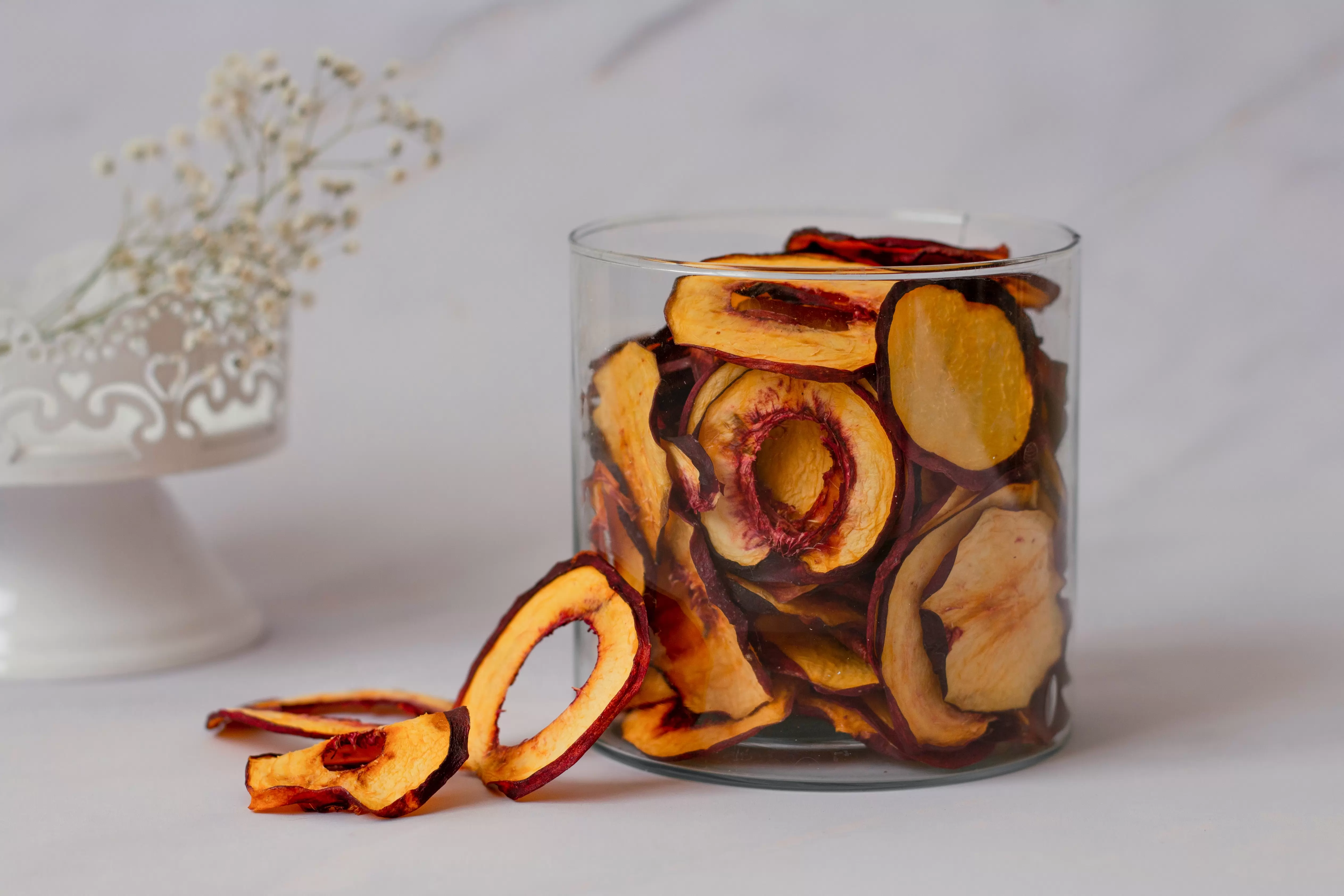




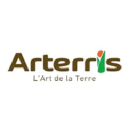 Arterris s'offre les boulangeries La Panetière et Secrets de pains - 23/04/2024
Arterris s'offre les boulangeries La Panetière et Secrets de pains - 23/04/2024
 Natimpact étend sa gamme bio avec Base Organic Food - 07/03/2024
Natimpact étend sa gamme bio avec Base Organic Food - 07/03/2024
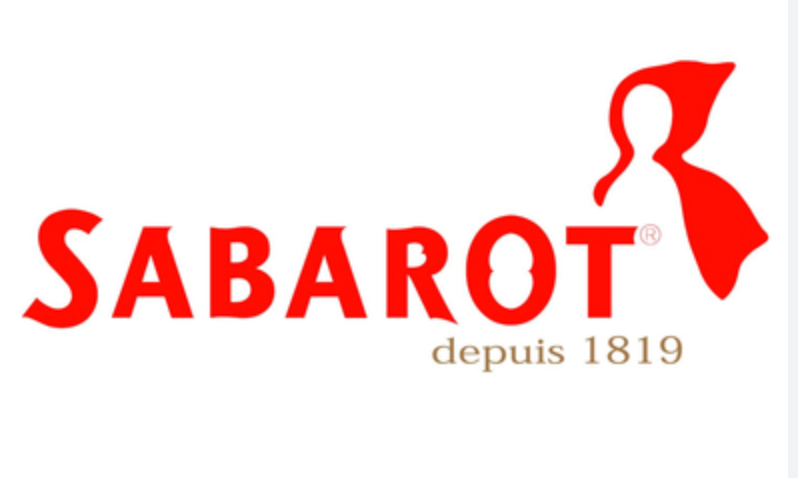 Sabarot inaugure son usine 4.0 au service des légumineuses et des céréales - 31/07/2023
Sabarot inaugure son usine 4.0 au service des légumineuses et des céréales - 31/07/2023
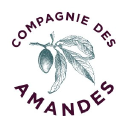 Relocalisation de la filière arboricole - 30/06/2023
Relocalisation de la filière arboricole - 30/06/2023

